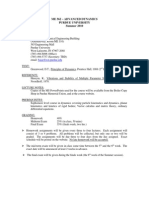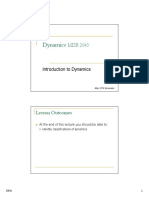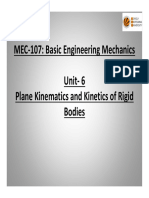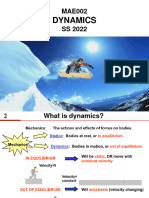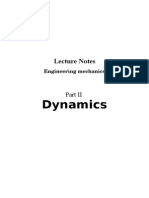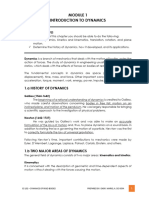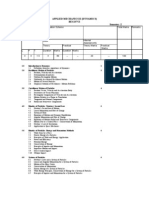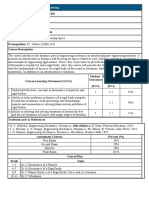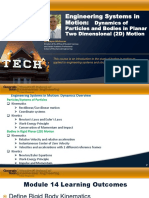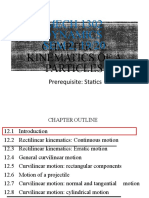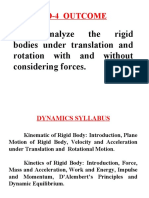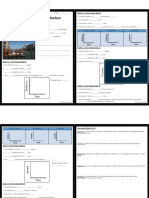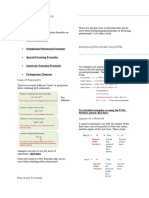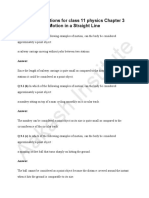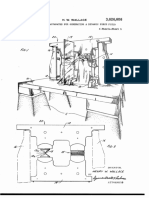0% found this document useful (0 votes)
44 views21 pagesDRB Module 1 Introduction
The document outlines a course on Dynamics of Rigid Bodies, detailing its prerequisites, course content, and grading system. It covers fundamental concepts in engineering mechanics, including kinematics and kinetics, and emphasizes problem-solving techniques. The course aims to provide students with a comprehensive understanding of the motion of rigid bodies and the forces acting upon them.
Uploaded by
Satyr CodmCopyright
© © All Rights Reserved
We take content rights seriously. If you suspect this is your content, claim it here.
Available Formats
Download as PDF, TXT or read online on Scribd
0% found this document useful (0 votes)
44 views21 pagesDRB Module 1 Introduction
The document outlines a course on Dynamics of Rigid Bodies, detailing its prerequisites, course content, and grading system. It covers fundamental concepts in engineering mechanics, including kinematics and kinetics, and emphasizes problem-solving techniques. The course aims to provide students with a comprehensive understanding of the motion of rigid bodies and the forces acting upon them.
Uploaded by
Satyr CodmCopyright
© © All Rights Reserved
We take content rights seriously. If you suspect this is your content, claim it here.
Available Formats
Download as PDF, TXT or read online on Scribd
/ 21










